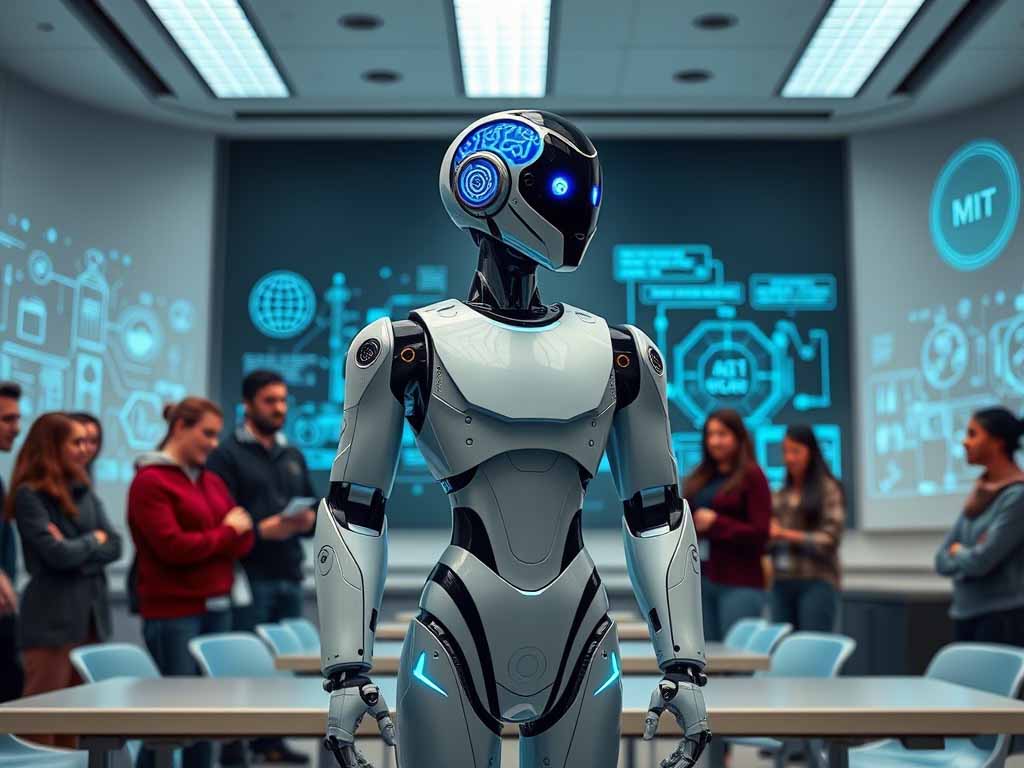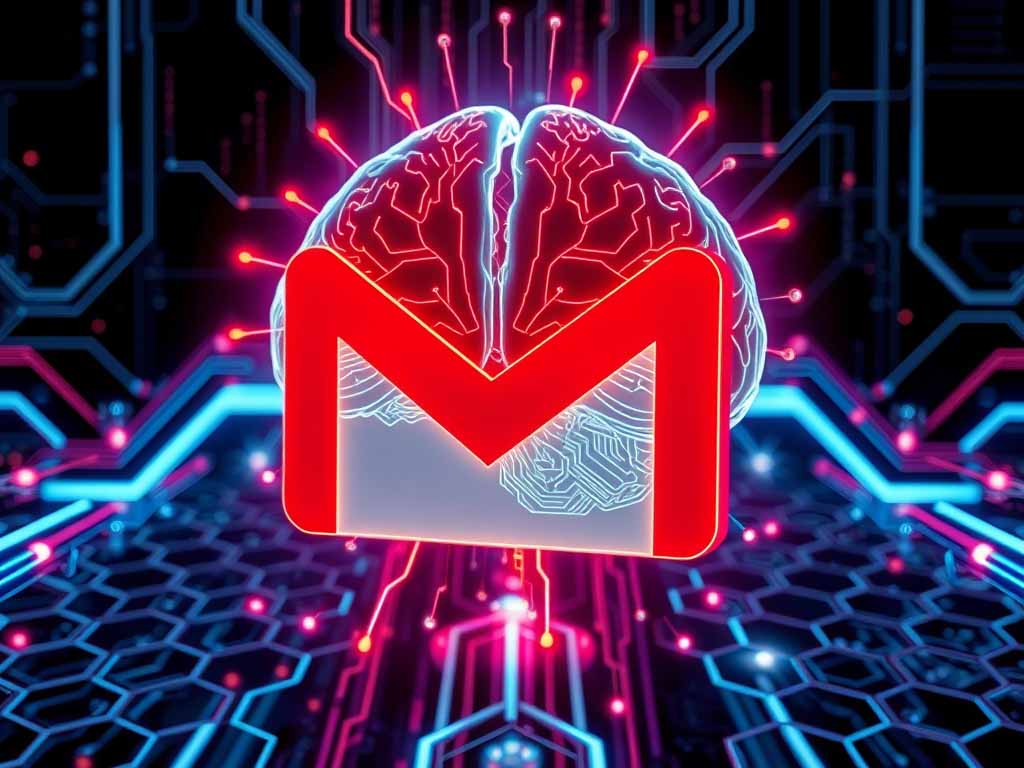Introduction
So, MIT is doing something wild again. If you don’t know, MIT is one of those places where crazy-smart people do future stuff. This time, it’s about AI. Yep, again. But hold up — this ain’t the same old “robots will take over” story.
What they showed recently isn’t just boring science. It’s something that might actually change how we use AI in everyday life. And not just for coders or tech geeks. Like… normal people too. You. Me. Everyone.
Let’s talk about what they did, why it matters, and how it could actually help us do cooler things — or maybe even make life a little easier.
What Did MIT Actually Do?
Okay so, MIT researchers came up with some new ways to train and improve AI. Not just “faster” or “smarter” like usual. They’re doing stuff that makes AI more human-like. And not in a creepy robot way — more like, “Wow, this AI actually makes sense.”
Here’s the cool part:
- AI that can learn from just a little bit of info
- AI that understands basic common sense (finally)
- AI that can explain why it made a decision
- AI that tries to avoid being unfair or biased
Sounds big, right? But let me explain it in chill language.
1. Smarter AI with Less Data
Right now, if you want AI to learn something — like how to spot a dog in a photo — it needs thousands of dog pictures. That’s kinda dumb, because humans don’t need that much. You see one weird-looking pug, and boom, you know what dogs look like.
MIT is working on that. They call it “few-shot learning” — fancy name, but the idea is simple: train AI with less data, faster. That means regular people, small creators, even students could make cool AI without needing big company budgets.
Imagine you make an app and you want AI to recognize your drawings. With this, you don’t need 5,000 samples. Maybe 5 is enough. That’s a big deal.
2. Finally… AI With Common Sense
This one’s funny. You ever ask AI something and it gives you the most weird answer ever?
Like:
You: “Can I microwave a metal spoon?”
AI: “Sure, just be careful not to burn your hand.”
Like, bro. NO.
MIT is working on this too. They’re teaching AI basic logic — like what kids learn naturally. They let AI ask itself questions and learn from small examples instead of just reading boring internet text.
So future AI won’t be a genius robot that makes dumb mistakes. It might actually get what you’re saying — and reply like someone who knows stuff.
3. AI That Tells You Why
Right now, AI sometimes feels like a magic box. You ask it something, and it gives you an answer… but no clue how it got there.
MIT is fixing that. They’re building AI that actually tells you why it gave you that result.
Example:
You ask, “What job should I apply to?”
AI says, “This one.”
But now, it will also explain:
“Because you have design skills, remote work experience, and interest in tech.”
That’s better, right? You feel more in control. Especially in serious stuff like school, job hunting, or medical things — it’s nice when tech gives you some explanation.
4. Making AI Less Biased
Let’s be real — AI has had some problems with bias. Like favoring certain races, ignoring certain genders, or just repeating unfair stuff it learned online.
MIT is trying to change that. They’re building AI that can actually look at itself and be like,
“Hmm, that decision looks a little unfair. Lemme double-check.”
That’s powerful. Because if we want to use AI in real-world stuff like job apps, grading, or finance — it has to be fair. No more copying old system mistakes.
Why Youth Should Care
You might be thinking, “Okay cool, but this still sounds kinda nerdy.”
But hear me out.
- AI is already everywhere. Your social media feed? It’s AI. That voice filter you use on TikTok? Also AI. Spotify recommendations? Yep.
- You’re the next creator, builder, dreamer. Doesn’t matter if you’re into fashion, music, coding, sports, or content — AI can level up whatever you’re doing.
- Understanding AI gives you power. Even just knowing the basics gives you an edge. You can use it smarter than most people.
So when MIT drops these updates, it’s not just for engineers. It’s for people who wanna use AI in new ways — to create, to grow, to do things faster.
Where Can These MIT AI Tools Show Up?
Let’s imagine for a second:
- AI that helps you write your resume — and explains it
- Your school uses fair AI grading that tells you why you got that score
- An AI friend that actually gives good advice (not cringe)
- AI that helps you start a small biz, run a shop, or design clothes
- A music AI that knows your style and helps you make beats faster
All these things sound far, but trust me, they’re closer than you think.
So… What Now?
MIT is not done. They said they’ll keep improving this AI — and maybe share tools open-source so anyone can try.
That means students, indie creators, solo developers — even you — could start building things with better AI tools. And not just copying what big tech is doing. You can make something fresh.
If you’re into tech, now’s the time to start learning. If you’re not, still pay attention. Because this stuff is coming fast.
Final Thoughts
MIT’s new AI techniques might sound all science-y, but the truth is simple — they’re building AI that’s less dumb, less biased, and more helpful.
It’s up to us how we use it.
We can ignore it and fall behind. Or we can learn, play with it, and maybe even create something awesome.
So next time you hear “AI update from MIT,” don’t scroll past. Think about how you can use it to grow, create, or just make life smoother.
Who knows? Maybe the next cool thing in AI won’t come from a lab… maybe it’ll come from you.



